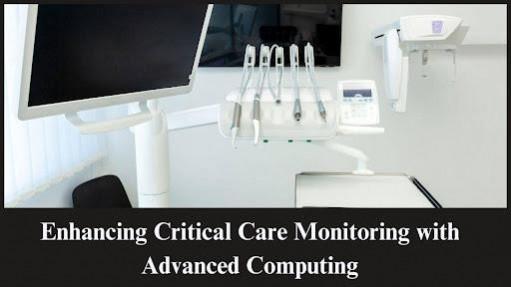
By integrating cutting-edge computing techniques, Mahitha Adapa has introduced an innovative approach to optimizing critical care monitoring. Her work presents a novel system that minimizes latency in healthcare environments, ensuring real-time analysis of vital patient data. This article explores the architectural advancements that make this solution a significant breakthrough in medical technology.
Addressing the Challenges of Critical Care Monitoring
Critical care units generate vast amounts of patient data every second. Traditional systems often struggle with processing delays due to centralized architectures and network congestion. These limitations can hinder timely clinical decisions, making it crucial to implement efficient data management strategies. The proposed system tackles these issues by integrating distributed computing techniques and real-time data processing, ensuring that latency is minimized to enhance patient care.
Revolutionizing Data Processing with In-Memory Computing
A key innovation in this architecture is the use of Redis-based in-memory data management. Unlike conventional database systems, which rely on disk storage and introduce processing lags, Redis enables near-instantaneous data retrieval. By implementing specialized data structures and caching mechanisms tailored for healthcare environments, this system achieves significantly faster response times, reducing latency from 2 seconds to just 50 milliseconds.
Empowering Healthcare with Edge Computing
Traditional critical care monitoring depends on centralized data processing, leading to delays in transmitting and analyzing patient information. To address this, the system strategically distributes edge processing nodes throughout healthcare environments. These nodes perform local computations, reducing the load on central servers and allowing real-time monitoring of vital signs. By decentralizing data processing, this approach significantly enhances reliability and scalability, making it suitable for multi-bed ICU deployments.
Optimized Streaming Protocols for Real-Time Analysis
Efficient transmission of medical data is a critical requirement for healthcare systems. The new system employs optimized streaming protocols that prioritize data based on urgency, ensuring seamless communication between devices. Advanced bandwidth management techniques enable smooth data flow even in high-traffic situations, preventing bottlenecks and maintaining system stability.
Ensuring Reliability with Fault-Tolerant Architecture
Reliability is paramount in clinical environments. The system incorporates redundant processing pathways, automated failover mechanisms, and self-healing network architectures to ensure uninterrupted operations. By implementing a multi-layered fault tolerance strategy, this approach guarantees 99.999% uptime, minimizing the risk of data loss or system failures during critical situations.
Scalability for Large-Scale Deployments
As healthcare facilities grow, monitoring systems must scale accordingly. The proposed architecture supports seamless expansion, accommodating multiple ICU beds without compromising performance. By leveraging dynamic resource allocation and load-balancing techniques, the system maintains consistent efficiency, regardless of the deployment size.
Enhancing Clinical Decision-Making with Predictive Insights
Beyond real-time monitoring, the system integrates predictive analytics capabilities. By analyzing historical and real-time patient data, machine learning algorithms assist healthcare professionals in identifying potential complications before they escalate. This proactive approach improves patient outcomes by enabling early intervention and personalized treatment strategies.
Reducing Operational Costs and Improving Efficiency
By optimizing computational efficiency, the system significantly reduces infrastructure costs. The implementation of automated workflows minimizes manual interventions, allowing healthcare professionals to focus on patient care. Additionally, the streamlined architecture ensures energy-efficient operations, making it a sustainable solution for healthcare facilities.
Transforming the Future of Healthcare Technology
The integration of advanced computing into critical care monitoring marks a pivotal shift in healthcare technology. This system not only enhances real-time responsiveness but also sets new standards for reliability and scalability in medical data processing. With continued research and adaptation, such innovations will play a crucial role in shaping the future of patient care.
In conclusion, Mahitha Adapa's groundbreaking work demonstrates how modern computing architectures can revolutionize healthcare. By addressing latency challenges, improving scalability, and ensuring system reliability, her research paves the way for the next generation of critical care monitoring solutions.











